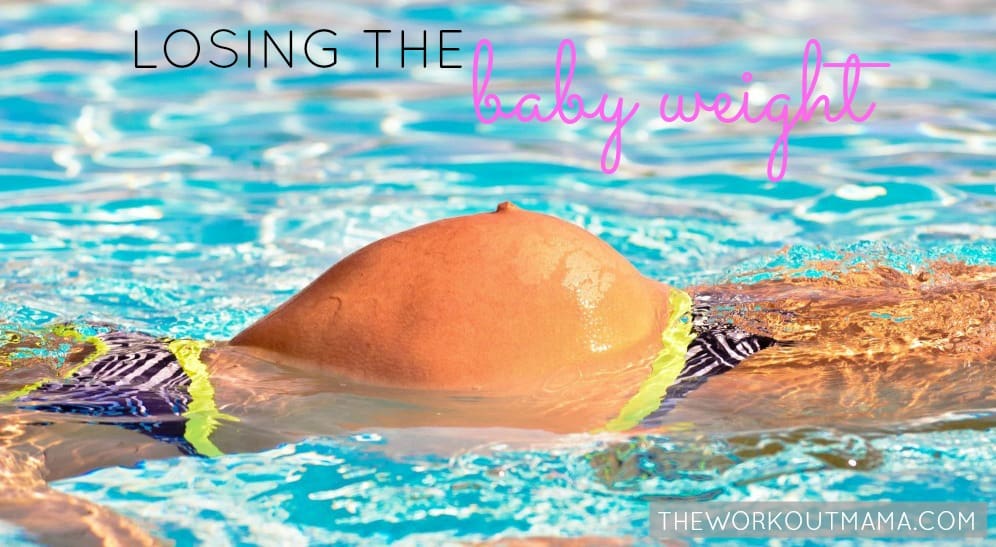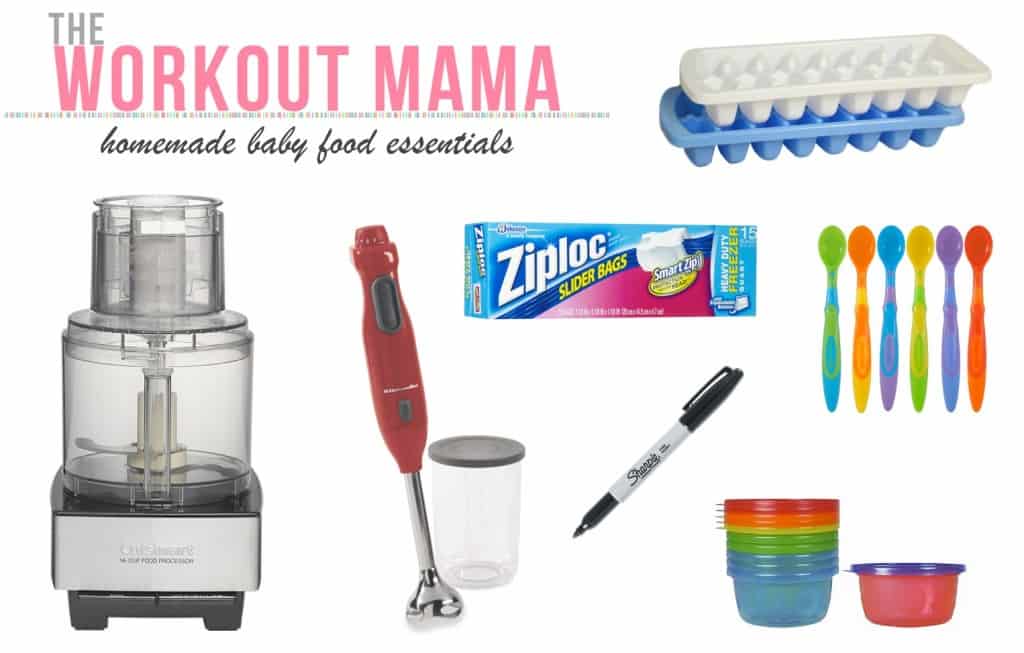Happy Wednesday friends! If you are just joining the Losing The Baby Weight series welcome!
Here are the topics that have previously been covered:
Wednesday, June 12: Pregnancy & Exercise
Wednesday, June 19: What To Expect After You Deliver
Wednesday, June 26: The First Six Weeks
Wednesday, July 3: Nutrition
Good nutrition after delivery is so much more important than during your pregnancy. Please don’t misunderstand. I am a huge advocate for eating a nutrient rich diet during pregnancy. Your diet after pregnancy directly impacts the quality of your breast milk and how quickly you recover from childbirth. Regardless of if you are breastfeeding or formula feeding your baby a balanced diet of complex carbohydrates, protein, and fats, with as little sugar as possible is going to increase your success with losing the baby weight.
Complex Carbohydrates vs. Simple Carbohydrates
Complex carbohydrates take a little longer to digest, are high in fiber, more satisfying, and they don’t raise the sugar levels in the blood as quickly as simple carbohydrates. Complex carbohydrates act as the body’s fuel, and they contribute significantly to energy production and have a higher nutritional value than simple carbohydrates. Complex carbohydrates are commonly found in whole plant based foods and are high in vitamins and minerals. Most people should consume between 40-60% of total calories from carbohydrates with the majority being complex carbohydrates.
Complex carbohydrates include:
- Green vegetables
- Whole grains and foods made from them, such as oatmeal, pasta, and whole-grain breads
- Starchy vegetables such as potatoes, sweet potatoes, corn, and pumpkin
- Beans, lentils, and peas
Helpful Hint: Consume foods that are high in fiber to improve your digestive health, lower cholesterol, and improve blood sugar levels. Adults need between 20-30 grams of fiber daily.
Simple carbohydrates will cause your blood sugar to spike and can leave you feeling tired. No new mama wants to feel this way. Most simple carbohydrates contain few nutrients (fruit and milk being an exception) and are often called “empty calories”.
Avoid these simple carbohydrates:
- Candy
- Soda
- Syrups
- Table sugar
Helpful Hint: Make sure you are getting enough nutrients and not just more calories while you are breastfeeding your baby.
Enjoy moderate sized portions of these simple carbohydrates:
- Fruits
- Milk and Milk Products
Protein & Fats
For a 14-70+ year old woman the Recommend Dietary Intake for protein is 46 grams per day. For lactating woman add an additional 25 grams. If you eat meat daily there is a good chance you are already consuming the correct amount. If you are vegetarian or vegan you can supplement your diet with a plant based protein as needed, keep reading for more information on supplements. Lentils, kidney beans, peanuts, and sunflower seeds are just a few sources of plant based protein.
Helpful Hint: Once your body gets the amount of protein it needs, it converts the rest to energy, and if you already have enough energy, it is converted to fat. High amounts of protein can also deplete calcium stores in the body leading to osteoporosis.
Not all fat is bad. In fact our bodies need between 20-35% of our total calories consumed to come from fats in order to properly function. Stock up on avocados, nut butters, olive oil, walnuts, and fish. Avocados can easily be added to sandwiches, salads, smoothies, or can be eaten by themselves for a quick snack. Stay away from chicken with the skin on, anything that comes in a wrapper, fried foods, and candy bars.
Dairy & Sugar
If you are looking to lose weight try eliminating dairy and sugar from your diet. Hey, I never said it would be easy, but this elimination method is a tried and true way to shed a few pounds. Plus this will have no adverse affect on your milk supply if you are still nursing.
There were several moms I spoke with prior to delivering Caden that mentioned that they had eliminated dairy products from their diets because it caused their babies to have upset tummies. After hearing this I cut out most dairy products from my diet while I was still pregnant. I didn’t typically drink cows milk so only using almond milk was not a huge deal. Cheese on the other hand was a little harder but after two weeks I didn’t miss it.
Helpful Hint: Use nutritional yeast to add a cheesy flavor to salads and taco’s. Read more on nutritional yeast later.
Excess amounts of sugar can lead to weight gain and cause you to feel overly tired after the initial sugar rush has passed. I suggest slowly weaning sugar out of your diet. Sodas and candy should be the first things to go. Baked goods such as cookies, cakes, cupcakes, and pastries while tempting are not going to fuel your body for the long haul.
Helpful Hint: Try a KIND Bar. The Dark Chocolate and Sea Salt only has 5 grams of sugar in it! Much better than the 24 grams of sugar in a two Twix cookie bars. Yikes!
Grocery Shopping Must Haves
 Unsweetened Vanilla Silk and Dark Chocolate Almond Milk | KIND Bars | Spinach | Oats | Eggs | Gluten Free Pretzels| Avocados | Peanut Butter | Chia Seeds | Emergen-C
Unsweetened Vanilla Silk and Dark Chocolate Almond Milk | KIND Bars | Spinach | Oats | Eggs | Gluten Free Pretzels| Avocados | Peanut Butter | Chia Seeds | Emergen-C
Set yourself up for success by always keeping several key items stocked in your pantry and fridge. I love all these items because they can easily be used to create several quick and easy meal or snack options ranging from smoothies, salads, omelets, and oatmeal.
Helpful Hint: Plan ahead of time. Stock up on key items. Failure to plan is planning to fail.
You can find key items that we keep stocked in our home on the Buschel Family Grocery Shopping List HERE. This is not an exhaustive list but does have our most used purchases. We try to keep these items always on stock for meals, juicing, snacks, and desserts.
Do Breastfeeding Mama’s Need Extra Calories?
Honestly this could be a separate post but I think it is important to share this information with the nutrition section because if you are a breastfeeding mama what you eat is important not just for you but also for your baby. If you have ever nursed a little baby you know how common it is to feel hungry all the time. I do mean all the time.















